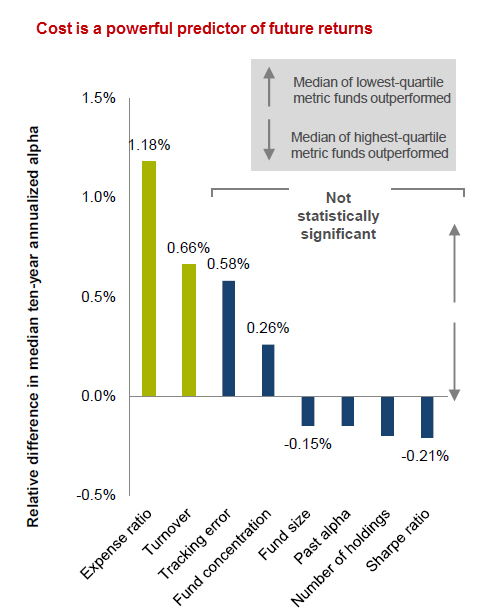If you heard a disgruntled groan reverberating around the country on the last day of September you’d be wrong to think it was only Adelaide Crows supporters.
It was the last day super funds had to hide certain fees from consumers. And they weren’t happy about it! Intense lobbying and demands for a delay, particularly from the industry super funds, fell on deaf ears at ASIC. This meant their Indirect Cost Ratio or ICRs had to be disclosed for the first time.
The reason for these changes? According to ASIC, they’d identified a significant amount of under-reporting of fees, as well as considerable inconsistency in the way fees and charges were disclosed by super funds.
“ASIC found this made it very difficult for consumers to understand how much they were paying, what they were paying for, and to compare funds.” ASIC’s statement on the changes said.
The reactions to these changes told you who had benefited most from the previous lack of disclosure. David Whiteley from Industry Super Australia responded by saying the changes made it impossible for consumers to compare fees and costs and it would hinder Industry Super returns and plans.
“This could negatively impact both member returns and the capacity of Australian super funds to invest in long-term, nation-building infrastructure projects.” Mr Whiteley said.
Why are they so agitated? First, it’s important to underline that no one is actually paying any more in fees. The fees were always there, but they weren’t required to be disclosed. Now the fees are visible it’s made a farce of their old marketing routine.
Remember their ‘compare the pair’ ads? Where industry super funds had previously made a big fuss about fees. After the changes to fee disclosure we can see one particular industry fund is charging as high as 1.6% on a $50,000 balance. Which is now why they’re suddenly not as focused on fees and wanting to talk more about performance.
And while industry super returns have recently been impressive, past performance is no indicator of future return. The first important measuring stick is always cost because that’s a constant and cost is often the biggest indicator of future performance. The industry super funds know this and it’s the reason why they made it part of their previous marketing campaigns.
As Vanguard’s research on future performance points out:
Alpha is a measure of risk-adjusted outperformance. Unfortunately, as our analysis has reaffirmed, previous alpha and other measures of historical performance are of little use in identifying tomorrow’s superior performers. More than any other quantifiable attribute we have examined, lower costs are associated with higher risk-adjusted future returns—or alpha.

So now industry super funds have turned their attention to attacking the banks. No one disputes the banks have some rotten high fee products, but they’ve also sharpened the pencil on some newer ones. These fees are now clearly competitive enough to spook the industry superfunds, who no longer look as competitive as they did on fees.
Across the 15 industry funds the average fee for the default option on a $50,000 balance is now 1.24%. The lowest is 0.89% while the highest is 1.6%. If you want to know who takes out the honour of being the highest, think of the name that regularly shows up sponsoring various sporting teams around Australia.
This represents general information only. Before making any financial or investment decisions, we recommend you consult a financial planner to take into account your personal investment objectives, financial situation and individual needs.




